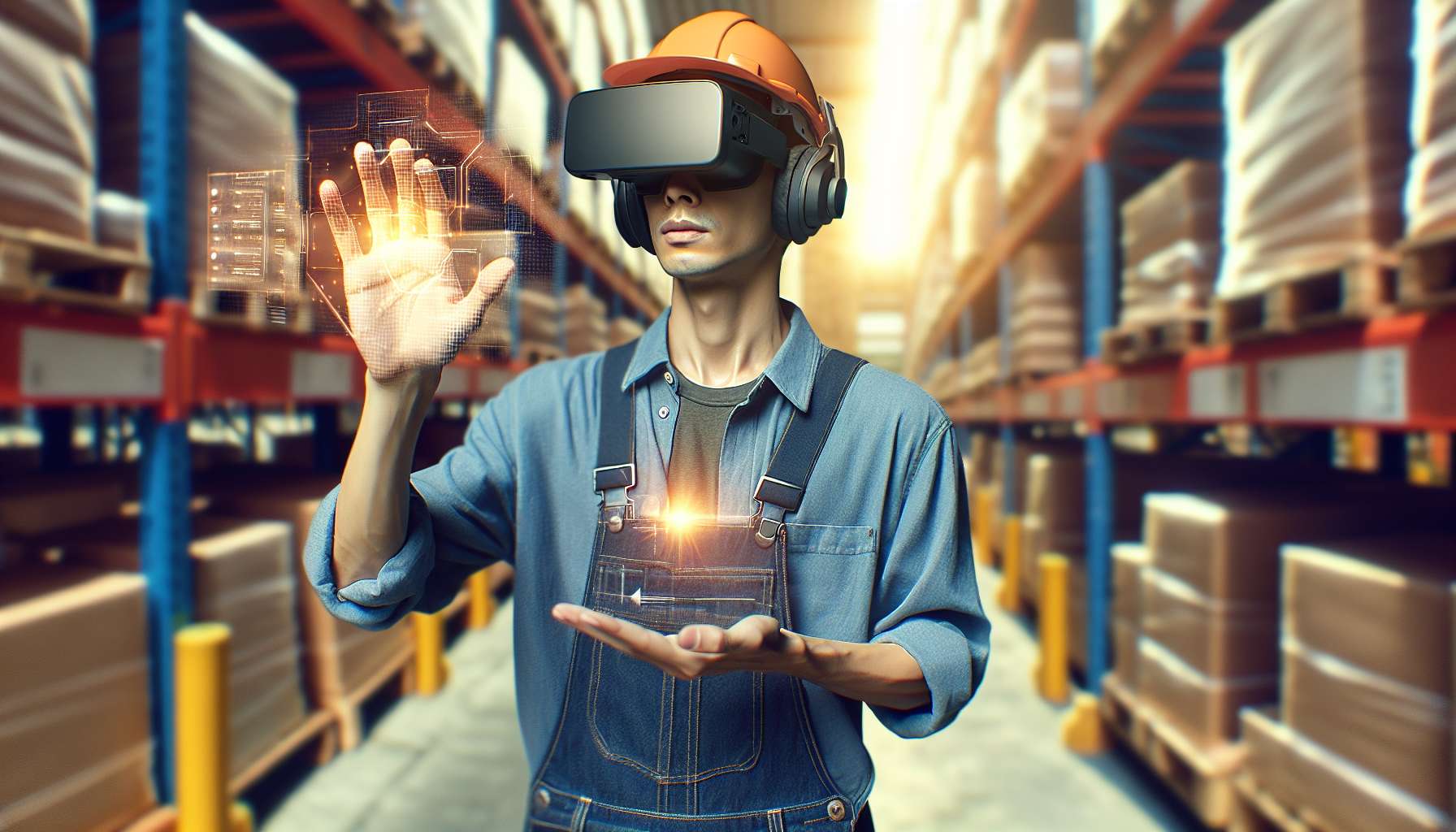Unlocking Efficiency in Supply Chain Management with Augmented Reality
As technology continues to advance at an unprecedented pace, businesses are constantly seeking innovative solutions to enhance their operations and gain a competitive edge. One such technology that has been revolutionizing the logistics industry is augmented reality (AR). By seamlessly blending the digital and physical worlds, AR is transforming supply chain management, making it more efficient and effective than ever before.
Enhancing Warehouse Operations
One of the key areas where AR is making a significant impact is in warehouse operations. Traditionally, workers rely on paper-based systems or handheld devices to locate and pick items from shelves. This process can be time-consuming and prone to errors. However, with AR, warehouse employees can wear smart glasses or use mobile devices equipped with AR capabilities to receive real-time visual instructions.
AR overlays digital information onto the physical environment, guiding workers to the exact location of items and providing step-by-step instructions for picking and packing. This not only reduces errors but also speeds up the entire process, resulting in improved efficiency and productivity.
Streamlining Inventory Management
Accurate inventory management is crucial for any business, as it directly impacts customer satisfaction and overall profitability. AR is playing a vital role in streamlining this process by providing real-time visibility into inventory levels and locations.
Using AR-enabled devices, warehouse managers can quickly scan barcodes or QR codes to access detailed information about each item, including its location, quantity, and expiration date. This eliminates the need for manual data entry and minimizes the risk of human error. Additionally, AR can help optimize inventory placement by suggesting the most efficient storage locations based on demand patterns and order fulfillment requirements.
Improving Last-Mile Delivery
Last-mile delivery, the final leg of the supply chain, is often the most challenging and costly part of the logistics process. AR is transforming this aspect by providing delivery drivers with real-time navigation and visual aids.
AR-powered navigation systems can guide drivers along the most efficient routes, taking into account real-time traffic conditions and delivery time windows. Furthermore, AR can overlay digital information onto the physical environment, helping drivers locate specific addresses or delivery points with ease. This not only reduces delivery times but also enhances customer satisfaction by ensuring accurate and timely deliveries.
Optimizing Maintenance and Repairs
In addition to warehouse operations and delivery, AR is also proving to be invaluable in the maintenance and repair of equipment and machinery. By using AR-enabled devices, technicians can access digital manuals, schematics, and step-by-step instructions overlaid onto the physical equipment.
This hands-free access to information allows technicians to quickly diagnose issues, identify the required tools and parts, and efficiently carry out repairs. AR can even provide real-time remote assistance, where experts can guide on-site technicians through complex procedures, reducing downtime and improving overall equipment reliability.
The Future of AR in Logistics
The potential applications of AR in logistics and supply chain management are vast and continue to expand. As the technology evolves, we can expect to see even more advanced features, such as object recognition, predictive analytics, and collaborative workflows.
With AR, businesses can unlock new levels of efficiency, accuracy, and productivity in their supply chain operations. By embracing this transformative technology, companies can stay ahead of the competition, deliver exceptional customer experiences, and drive sustainable growth in the ever-evolving world of logistics.





